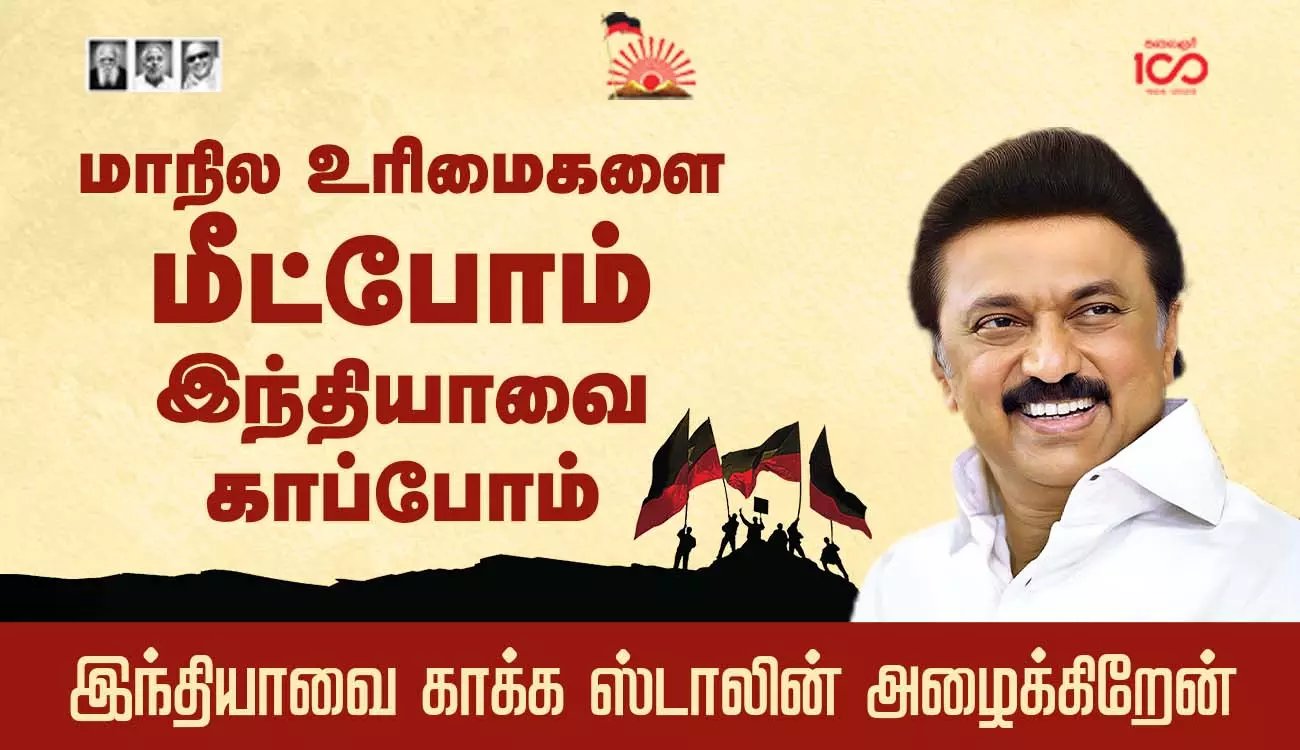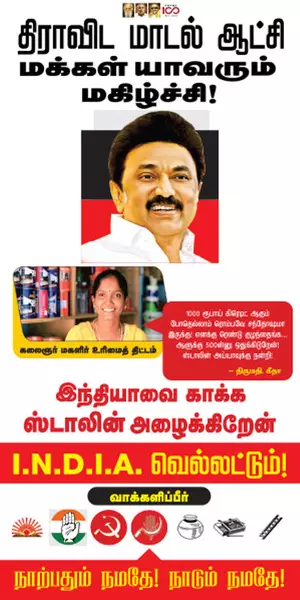
Congress fights BJP ideologically by promising action against Bajrang Dal

Assembly elections verdict from Karnataka could indicate to an extent if the Congress party erred or not by pledging to “take decisive action as per law, including imposing a ban” on organisations like the “Bajrang Dal, PFI or others promoting enmity or hatred”.
But regardless of the results, the Congress decision to club the quasi-militant youth affiliates of the Sangh Parivar with the banned Popular Front of India provided the Bharatiya Janata Party leadership, Prime Minister Narendra Modi downwards, to depict the organisation and Bajrang Bali, popular name for the Hindu monkey God, as synonymous.
Also Read: Congress climbdown? No ban on Bajrang Dal if it plays by rule book: Moily
This was not the first time that Modi or any of his party leaders were alleged to have violated the Model Code of Conduct (MCC) as well as the Representation of People’s Act (RPA), 1951. The Act clearly prohibits “appeal” by candidates, their agents or any other persons, “on the ground of religion, race, caste, community or language”.
The attention of the Election Commission of India has been specifically drawn to violation of MCC and RPA, 1951 by Bahutva Karnataka, a citizens’ forum for communal harmony and democratic values.
Partisan officials
However, in India, the same laws or rules are increasingly applied differently to various people, depending on their personal and political identity. Given this backdrop, the moot point is not the action of the Election Commission although this should be a matter of evaluation.
Rather, the more important point is that the Congress has increasingly decided to confront the BJP on ideological issues. The pledge to initiate action against the saffron clan affiliate provides indication of its new understanding that contestation against Hindutva politics has to be political in nature.
Also Read: Karnataka polls: Bajrang Dal row divides Congress, gives ammunition to BJP
The Congress appears no longer weighed down by the worry that a forthright stance against Hindutva politics would be seen as appeasing religious minorities, especially attracting the charge of being pro-Muslim.
The Congress has played footsie with Hindu majoritarian politics from the early 1980s after Indira Gandhi returned to power. Rajiv Gandhi, too, did not deviate from this approach when he assumed power in 1984 after his mother’s assassination.
Congress weakness
The United Progressive Alliance government made efforts to secure the passage of the Communal Violence Bill. But its efforts remained episodic and eventually fell short of what was required to roll back the gain by Hindu majoritarian forces in the years since the start of the Ayodhya campaign in the mid-1980s and especially during the years that Atal Bihari Vajpayee was in power – the most symbolic move of this gain being the installation of Vinayak Damodar Savarkar’s portrait inside the Central Hall of Parliament.
Even Rahul Gandhi was initially diffident to ideologically take the BJP head-on. During the electoral campaign in Gujarat in 2017, which he led as a prelude to assuming the Congress presidency, he not just visited temples and called himself a Shiv Bhakt or devotee but also allowed his aides to publicly declare his gotra.
Also Read: Karnataka polls: Bajrang Dal row divides Congress, gives ammunition to BJP
But he has chosen to chalk a different path from the time he embarked on the Bharat Jodo Yatra in September 2022. His Hinduness was kept away from the political narrative although he made no effort to hide it.
But clarifications by several Karnataka Congress leaders on the promise to ban the Bajrang Dal demonstrated that several sections remain unsure of Gandhi’s new approach.
This uncertainty within the Congress, as demonstrated in the last phase of the campaign, further emboldened Modi and he beseeched voters to “vote while taking the name of Bajrang Bali,” the first instance when he directly used the name of any Hindu God during elections.
Modi courts religion
Despite Modi’s ploy not resonating hugely with the voters – mainly on account of the idea of Bajrang Bali being more of north Indian in concept, in contrast to Karnataka where the monkey god is better known as Anjaneya or Hanumanta, the party continued pursuing this line. It claimed that the call to ban Bajrang Dal was an insult to the Hindu deity and an instance of minorityism.
Readers would recall that after Modi’s accession to office in 2014, it became evident that despite the verdict being considered a mandate for change and development, the prime minister would give impetus to Hindutva politics.
Also Read: Bajrang Dal to have Hanuman Chalisa recitals across Karnataka in counter to Congress
Among developments to propel the politics of prejudice, the image of the angry Hanuman, underscoring the deity’s hyper-masculinity, began circulating in north India in 2015. This image bolstered aggressive Hindutva on the streets, where the extent of vigilantism deepened.
In the run-up to the Lok Sabha elections next year, assembly polls are due later this year in the three Hindi heartland states of Madhya Pradesh, Rajasthan and Chhattisgarh, besides Telangana and Mizoram.
BJP pillars
The four pillars of the BJP’s successful election campaigns, in various orders depending on what appeals most where, have been the social-welfare of the Modi government which the party claims has created a ‘beneficiaries’ constituency.
The second leg is Hindutva politics with the third and fourth being Modi’s personal popularity and the humungous publicity and campaign machinery that was created over successive elections.
Also Read: Karnataka polls | Not ban, we promised decisive action on Bajrang Dal: Chidambaram
Modi personally played an important role in developing the extensive network of booth-level workers. It was at his initiative that distinct activities of the Bajrang Dal and BJP workers were hitched in the aftermath of the Gujarat 2002 riots in which activists associated with the Dal played a major part.
This was best epitomised by the ‘claims’ of Babubhai Patel, whose moniker is Babu Bajrangi, which was among the factors which caused political turbulence for Modi as chief minister. Prior to being found guilty of the Naroda Patiya massacres in which almost a hundred Muslims died, he had asserted not just involvement in the riots but also the election campaigns for the BJP, especially the local legislator, Maya Kodnani, who was a minister in Modi’s state government before her conviction.
Hanuman replaces Ram?
Although the elections were held only in Karnataka, the counter-campaign to the promise for initiating the process of banning Bajrang Dal (state governments are entitled to recommend this to the Centre which has the sole right to proscribe organisations) was not restricted to the southern state.
Even as the voters in Karnataka were lining up to vote on May 10, Modi made references to the issue at his rally in far-off Rajasthan’s Abu Road. Before Modi began his speech, the state BJP leaders, including the local lawmaker, presented him a small idol of Lord Hanuman.
Modi is not new to political messaging even in government events – and this one in Rajasthan was precisely one such instance.
Also Read: VHP issues legal notice to Cong president for ‘defaming’ Bajrang Dal
It is now clear that Modi’s decision to equate the Bajrang Dal with Lord Hanuman will be a recurring feature of the BJP’s campaign. The organisation was established by the RSS in 1984 to lend muscle to the Ram temple and thereafter it morphed into the violent wing of the Sangh Parivar.
The Karnataka election was the first time when Bajrang Dal was not just presented as being synonymous to the monkey-god, but also became an integral part of the electoral campaign and speeches. This will only become a regular feature in subsequent feature as the BJP attempts to prevent anti-incumbent sentiment to weaken the other pillars of the party’s election campaigns.
(The Federal seeks to present views and opinions from all sides of the spectrum. The information, ideas or opinions in the articles are of the author and do not necessarily reflect the views of The Federal)
An NCR-based author and journalist, Nilanjan Mukhopadhyay’s latest book is “The Demolition and the Verdict: Ayodhya and the Project to Reconfigure India”. His other books include “The RSS: Icons of the Indian Right” and “Narendra Modi: The Man, The Times”. He tweets at @NilanjanUdwin)





